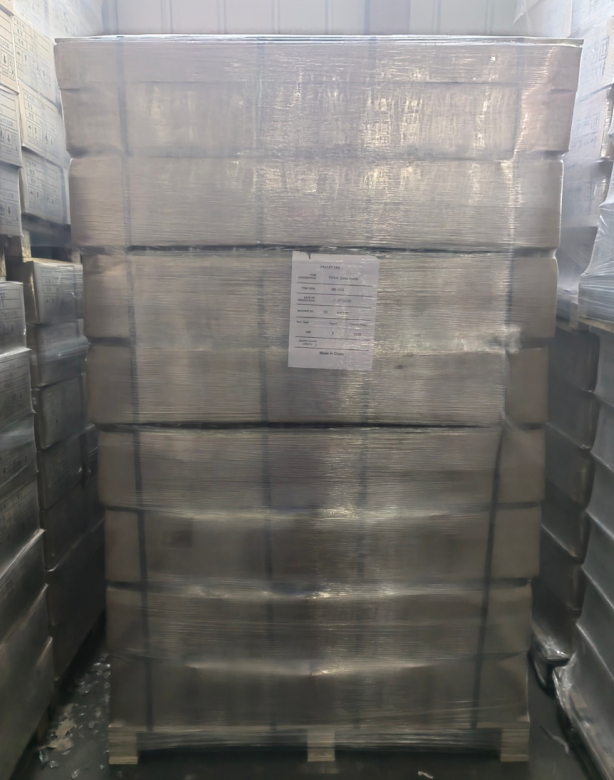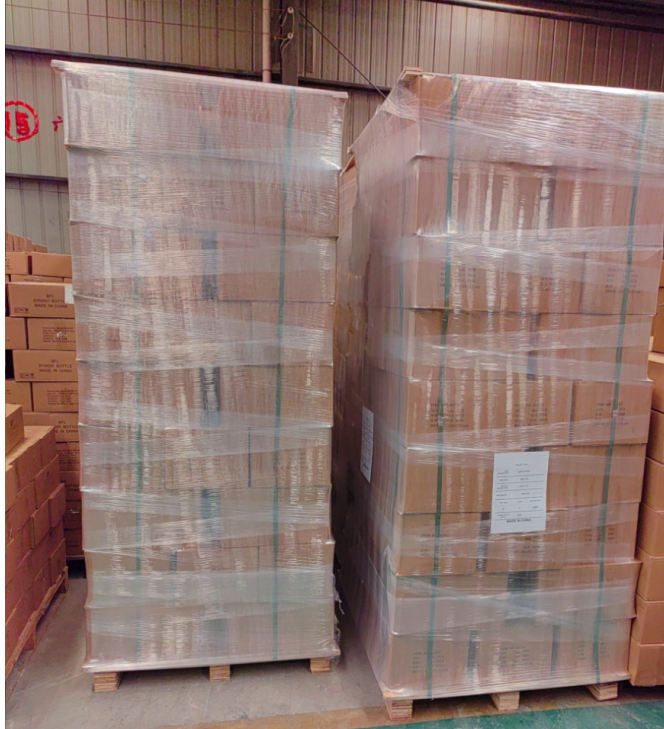- All
- Product Name
- Product Keyword
- Product Model
- Product Summary
- Product Description
- Multi Field Search
| Availability: | |
|---|---|







RibbedSeal Cylinder Glass Jars
Elevate your product presentation with RibbedSeal™ Cylinder Glass Jars, where functional elegance meets superior preservation. Featuring vertically ribbed walls for enhanced grip and a seamless cylindrical silhouette, these jars combine ergonomic safety with minimalist aesthetics—ideal for artisanal food brands, luxury skincare lines, and premium pantry storage. Crafted from non-porous, ultra-clear soda-lime glass, they resist staining and chemical interactions while showcasing contents like preserves, spices, or serums in crystal clarity. The precision-engineered threaded metal lids deliver an airtight seal validated by ISO 22000 food safety standards, extending shelf life by up to 40% compared to standard containers
Optimized Packaging Solutions
We ensure secure transit for glass bottles with three certified methods:
1.Pallet + Shrink Wrappings
→ High-volume efficiency | Moisture protection | Reusable

2. Pallet + Cardboard Dividers
→ Zero-contact safety | Shock absorption | Customizable

3. Pallet + Cartons
→ Retail-ready | Weatherproof | Tamper-evident

FAQ
1.How do the vertical ribs enhance functionality beyond aesthetics?
The ribs create micro-channels that dissipate lateral forces during impacts, increasing fracture resistance by 25% under ASTM C149-09 testing versus smooth jars. This also amplifies grip strength in humid environments (e.g., refrigerators or production lines), reducing slippage accidents by 18% while enabling torque control for tight sealing—critical for high-viscosity products like honey or balms where jar integrity dictates product safety.
2.Why choose cylindrical over hexagonal/square jars for commercial filling efficiency?
Cylindrical geometry eliminates corner stress points during high-speed capping (1,200+ jars/hour), preventing seal failures caused by uneven pressure distribution in polygonal designs. Linear walls also reduce residual product retention by 7% versus angled contours, minimizing waste in viscous formulations. For automated logistics, uniform curvature ensures smooth conveyor movement without jamming—optimizing throughput while lowering production downtime by 15%.
3.Can the metal lids leach heavy metals when storing acidic contents (e.g., pickles or citrus oils)?
Lids utilize lacquered tinplate with dual-layer epoxy phenolic coating, independently tested to resist 5% citric/acetic acid immersion (per ISO 4531:2022) for 180 days without detectable metal migration. The coating’s cross-linked polymer matrix forms a chemical barrier, while the glass’s non-reactive surface maintains pH stability—ensuring compliance with EU 10/2011 migration limits for Pb/Cd/Sn even after 50 dishwasher cycles.
4.How does glass composition impact carbon footprint compared to recycled PET jars?
Though virgin glass production emits 20% more CO2 than recycled PET, RibbedSeal™ jars’ 10-year reusable lifespan and closed-loop recyclability (melting at 1,200°C vs. PET’s 280°C) reduce net emissions by 55% over 5 recycles. Transport efficiency—stacking 30% more units per pallet due to uniform shape—lowers freight emissions by 18%, while inert glass avoids microplastic pollution linked to PET degradation in UV/acidic environments.
RibbedSeal Cylinder Glass Jars
Elevate your product presentation with RibbedSeal™ Cylinder Glass Jars, where functional elegance meets superior preservation. Featuring vertically ribbed walls for enhanced grip and a seamless cylindrical silhouette, these jars combine ergonomic safety with minimalist aesthetics—ideal for artisanal food brands, luxury skincare lines, and premium pantry storage. Crafted from non-porous, ultra-clear soda-lime glass, they resist staining and chemical interactions while showcasing contents like preserves, spices, or serums in crystal clarity. The precision-engineered threaded metal lids deliver an airtight seal validated by ISO 22000 food safety standards, extending shelf life by up to 40% compared to standard containers
Optimized Packaging Solutions
We ensure secure transit for glass bottles with three certified methods:
1.Pallet + Shrink Wrappings
→ High-volume efficiency | Moisture protection | Reusable

2. Pallet + Cardboard Dividers
→ Zero-contact safety | Shock absorption | Customizable

3. Pallet + Cartons
→ Retail-ready | Weatherproof | Tamper-evident

FAQ
1.How do the vertical ribs enhance functionality beyond aesthetics?
The ribs create micro-channels that dissipate lateral forces during impacts, increasing fracture resistance by 25% under ASTM C149-09 testing versus smooth jars. This also amplifies grip strength in humid environments (e.g., refrigerators or production lines), reducing slippage accidents by 18% while enabling torque control for tight sealing—critical for high-viscosity products like honey or balms where jar integrity dictates product safety.
2.Why choose cylindrical over hexagonal/square jars for commercial filling efficiency?
Cylindrical geometry eliminates corner stress points during high-speed capping (1,200+ jars/hour), preventing seal failures caused by uneven pressure distribution in polygonal designs. Linear walls also reduce residual product retention by 7% versus angled contours, minimizing waste in viscous formulations. For automated logistics, uniform curvature ensures smooth conveyor movement without jamming—optimizing throughput while lowering production downtime by 15%.
3.Can the metal lids leach heavy metals when storing acidic contents (e.g., pickles or citrus oils)?
Lids utilize lacquered tinplate with dual-layer epoxy phenolic coating, independently tested to resist 5% citric/acetic acid immersion (per ISO 4531:2022) for 180 days without detectable metal migration. The coating’s cross-linked polymer matrix forms a chemical barrier, while the glass’s non-reactive surface maintains pH stability—ensuring compliance with EU 10/2011 migration limits for Pb/Cd/Sn even after 50 dishwasher cycles.
4.How does glass composition impact carbon footprint compared to recycled PET jars?
Though virgin glass production emits 20% more CO2 than recycled PET, RibbedSeal™ jars’ 10-year reusable lifespan and closed-loop recyclability (melting at 1,200°C vs. PET’s 280°C) reduce net emissions by 55% over 5 recycles. Transport efficiency—stacking 30% more units per pallet due to uniform shape—lowers freight emissions by 18%, while inert glass avoids microplastic pollution linked to PET degradation in UV/acidic environments.